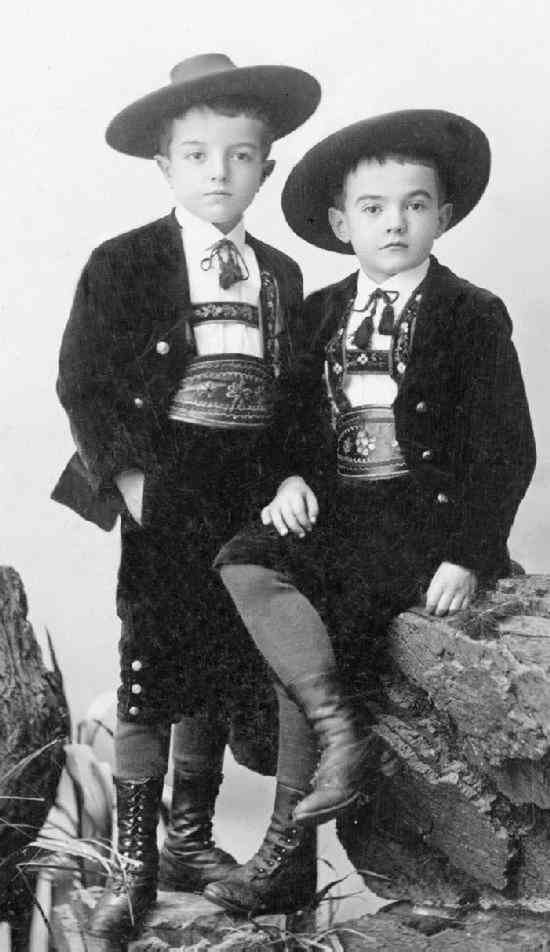
Figure 1.--This image shows Ernst and Wilhelm Mahla, probably about 1896. They wear matching folk costumes in portraits taken about 1896. Photo supplied courtesy of the MD collection.


Figure 1.--This image shows Ernst and Wilhelm Mahla, probably about 1896. They wear matching folk costumes in portraits taken about 1896. Photo supplied courtesy of the MD collection. |
This portrait shows the boys wearing Austrian folk costumes. The hats in particular are very desinctive, although we do not know much about German/Austrian folk costumes to identify them. These two photographs were taken in Gablonz. The earlier one by the Ernst Muller studio. The later one by the A. Ullrich studio. I'm not sure where Gablonz is, but it appears to have been part of the old Austro-Hungaraian Empire. German reader tells us. "I research in my folk cosume books. The folk cosume worn by the Mahla brothers would seem to basically fit fit the "tracht" (costume) worn until the end of the 19th century in the area around Dachau (northeast of Muinch), Bavaria.
This portrait shows the boys wearing Austrian folk costumes. The hats in particular are very desinctive, although we do not know much about German/Austrian folk costumes to identify them. Hopefully our Austrian reader can tell us something about the folk costume. Did it reresent a certain region of Austria. Was it typical of the Salzburg area or perhaps an area of Austria from where ther parents came. Or perhaps it came from a shop where they sold generic folk costumes.
Folk costumes are of course traditional styles worn by the people in any given country or region. Generally they are older styles which past out of fashion, but continued to be worn in rural areas. Austrians by the 1890s were dressing like other Europeans in modern styles. We are not sure when it became fashionable to begin dressing children in these traditional folk styles. Clearly it was fashionable in the 1890s, but we are not sure just when his convention began.
These two photographs were taken in Gablonz. The earlier one by the Ernst Muller studio. The later one by the A. Ullrich studio. Gablonz is a city in Bohemia. The population used to be nearly entirely (Sudeten)German. It at the time this portrait was taken part of the old Austro-Hungaraian Empire. After World War I it was part of the Sudetenland of Czecheslovakia which was annexed to Germany in 1938 after the Munich Conference. It had ( and still has) an important glass industry ("Bohemian glass"). The Germans were expelled in 1945 and most of them moved to Bavaria, where they again established a thriving glass industry: Neu-Gablonz (New Gablonz). "Old" Gablonz is now in the Czech Republic and the name is Jablonec.
A German reader tells us. "I research in my folk cosume books. The folk cosume worn by the Mahla brothers would seem to basically fit fit the "tracht" (costume) worn until the end of the 19th century in the area around Dachau (northeast of Muinch), Bavaria.
The trousers the men wear are long on the picture I have. the vest is couloured, but these are things you can surely not take too precisely. For further refernece look pictures at Volkstracht. I think both costumes fit quite well.
Navigate the Boys' Historical Clothing Web Site:
[Introduction]
[Activities]
[Biographies]
[Chronology]
[Clothing styles]
[Countries]
[Bibliographies]
[Contributions]
[Essays]
[FAQs]
[Glossaries]
[Satellites]
[Tools]
[Boys' Clothing Home]
